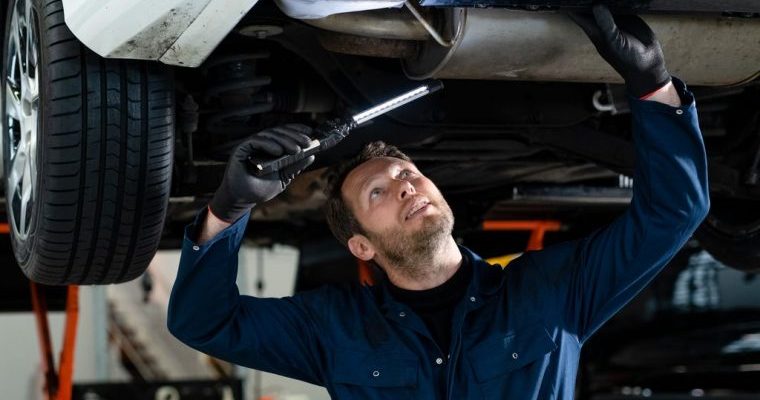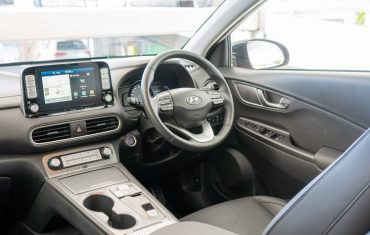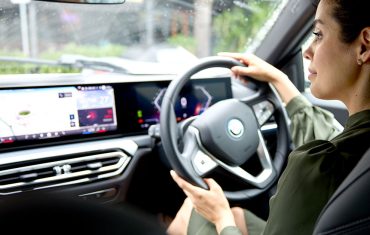
The economic cost of accidents for fleets
For your fleetThe astounding costs of road trauma and motor vehicle collisions will come as no surprise to people at the coalface of fleet management. In fact, the annual economic cost of road crashes in Australia is estimated at $27 billion dollars.
Distractions
Distractions play a major role in contributing to road accidents. Research conducted by the Monash University Accident Research Centre in Melbourne found “a staggering 90 [percent] of Australian motorists admit to regularly daydreaming behind the wheel.” Their research also found that distraction is the main contributing factor in 16 percent of “serious crashes resulting in hospital attendance in Australia, and in 10 [percent] of fatal and 15 [percent] of injury sustaining crashes in the USA.”
Given that a fleet vehicle is a place of work, there are a number of challenges implicit for fleet managers in balancing out the productivity benefits of accessories like hands-free communication systems, audio-visual technology and GPS platforms, while minimising the risk of potential and actual motor vehicle accidents caused by distractions.
“There’s a suite of solutions that are available,” says Susan Harris, CEO of transport sustainability and technology not-for-profit, Intelligent Transport Systems (ITS). “While some of the things we talk about as solutions have their origins in the heavy vehicle industry, I really don’t see that there’s any reason why they shouldn’t be adopted within the light vehicle industry.”
“There’s a range of safety innovations that fall into this category,” she continues. “Autonomous electronic braking is new technology that we’re seeing, which is reducing nose-to-tail collisions and being beneficial in that space. Typically, you find a lot of this technology already inbuilt into vehicles that are aiming to be five-star [ANCAP rated], rather than four or three-star.”
Safety innovation
Despite these advances in driver-assistance technology, Susan argues drivers still have a responsibility to make the road – and what’s happening on and around the road – their focus.
“Probably the most important thing is to be aware that, at the moment, all of the driver-assistance technologies require the driver to be alert and to be ready to take over. It’s great to have adaptive cruise control and lane-keeping but you still need to be paying attention. You’re still there – you’re still the driver, and you need to operate within the parameters that these systems have designed.”
“It’s important to avoid being over-confident and, pushing these technologies and tools beyond where they’re expected to be.”
Telematics and reducing distractions
Susan Harris suggests that telematics has an important role to play in minimising driver distractions.
“I think we’re all familiar with telematic solutions, and the opportunities and the surprises that fleet managers get when they’re installed,” says Susan. “However, they can also play a vital feedback role when looked at in the context of the vehicle as a workplace and minimising driver distractions.”
“We’re all responsible for employees and people under our care and, when they’re out on the road, it’s certainly a very different space than sitting in an office,” Susan continues. “Telematics possess a range of solutions that can look at the driver and their levels of attentiveness on the road to ensure attention is where it needs to be.”
In particular, telematics can alert fleet managers to the driving behaviour of those in their fleet, which helps them understand how the vehicles are being driven. Are they being driven within the frameworks of the law?
“There are machines that have devices that can monitor drowsiness and understand whether your eyes are on the road – or whether the driver is getting drowsy – and really understand if the driver’s fit to drive or not really in the correct state to be driving,” said Susan.
As the popularity of telematics increases, so does the dollar cost of implementing telematics solutions. In fact, costs are reducing to the extent that tools are now available on mobile devices.
“They’re probably not at the same level of integrity,” admits Susan. “But there are a range of solutions available right now.”
What can fleet managers do?
From Susan Harris’ perspective, there are a number of things fleet managers can do to reduce risk in their fleets. While technology has a role to play, managing and promoting the right kind of driving behaviours is also important for fleet managers to champion across their departments.
“Make sure your drivers have the right technology in the vehicle to support them, and leverage that technology,” Susan explains. “Let drivers know they’re driving for work, and that you have an expectation as to how they should be driving. You should also have some information to give them about how they’re driving.”
“But work with them to coach them,” she concludes. “And help bring them up to the level of driving that your organisation is looking for. You need to be working with your people, rather than enforcing a Big Brother approach.”
Start a conversation with SG Fleet today.
 Driving Insights
Driving Insights




